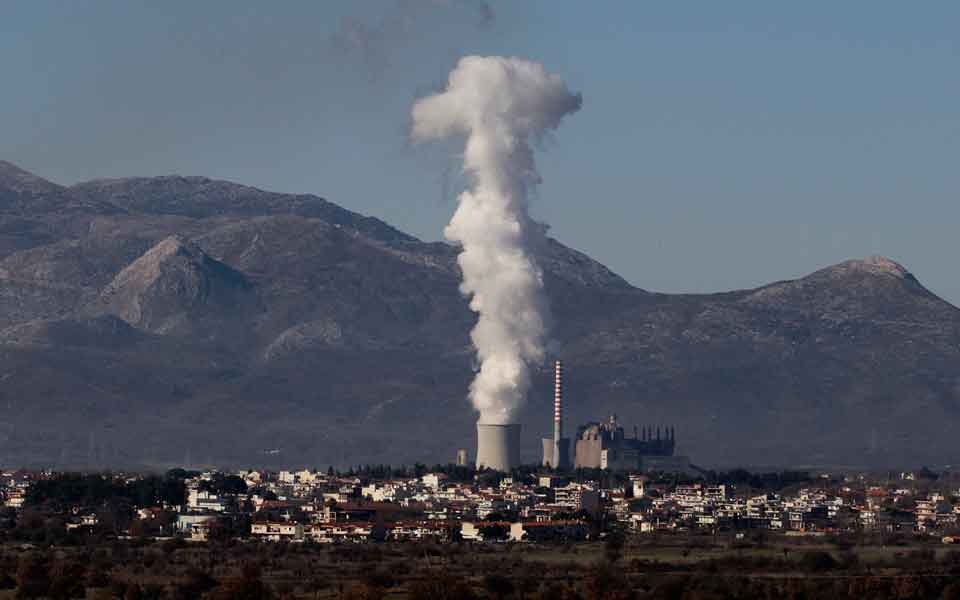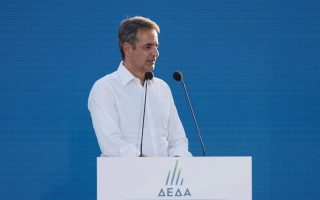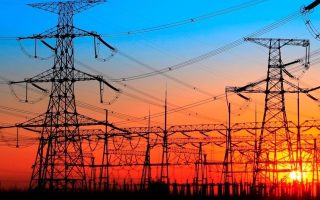Electricity rates and demand are soaring

The heatwave has not only sent temperatures soaring, but also demand for power, putting pressure on the national grid. At the same time, the government is concerned about the course of electricity prices, with Prime Minister Kyriakos Mitsotakis briefed earlier this week by Energy Minister Kostas Skrekas and Public Power Corporation director Giorgos Stassis, as the PM said he wants vulnerable households protected from hikes.
The government had hoped to protect consumers from the worst of the shock of receiving the first bills including June’s wholesale rate hikes that took prices up to 128.15 euros per megawatt/hour. However, there are no tools for containing prices as the hikes are mostly due to external factors that have triggered increases across Europe.
Natural gas rates have been rising since April too, reaching a decade-high as a result of Gazprom’s refusal to supply increased quantities to its Western European clients. Analysts consider this to be a reaction to Washington’s sanctions against the company managing the Nord Stream 2 pipeline and the suspension of works for its completion.
There has been a similar rise in the cost of carbon emissions, now at record highs. This along with the gas rates have put upward pressure on wholesale rates across the continent, with energy markets experiencing hikes of more than 60% from last year. Therefore Greece and the rest of Southeast Europe have seen power rates top €100/MWh.
Meanwhile demand in Greece due to the heatwave reached levels unseen since 2012 on Thursday, at 9,760 MW. To cover demand, the grid operator ordered the emergency operation of lignite-fired plants on Thursday and yesterday, with the formally abandoned plants providing a 13% share of the energy mix. Thankfully there were no major incidents at PPC’s obsolete lignite plants or the newer gas-fired units.
“It is true the system is in transition at the moment, but this transition has not been completed yet, so lignite units still need to participate in the energy mix as demand comes close to 10 gigawatts,” Manos Manousakis, chief executive officer of the Independent Power Transmission Operator (ADMIE), conceded on Thursday, adding that the age of those plants renders the grid operator’s mission even more challenging.





